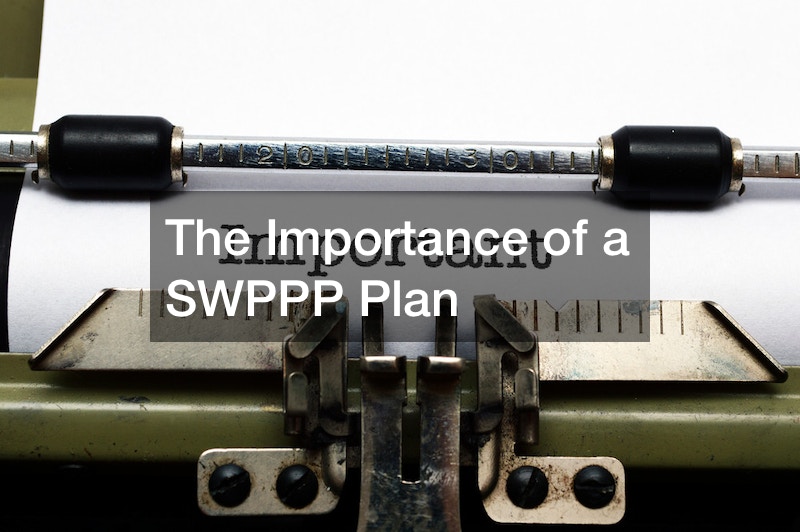Stormwater management is a critical aspect of preserving water quality in community streams, rivers, and lakes. One key tool in this endeavor is the Stormwater Pollution Prevention Plan (SWPPP). The SWPPP plan serves as a comprehensive strategy to monitor and address water quality issues within a city’s watershed areas.
Community streams play a pivotal role in providing habitats for wildlife, recreational corridors, and natural buffers that enhance the urban environment. The quality of water in these streams is essential to maintaining the high quality of life enjoyed by city residents.
Real-time monitoring stations strategically placed throughout the watershed areas provide accurate data, allowing stormwater services to swiftly identify and address problem areas. This systematic approach helps minimize and control water pollution on a broad scale.
Individuals also play a crucial role in stormwater pollution prevention. The first rule of pollution prevention is understanding that anything entering storm drains flows directly into creeks and lakes. Sediment and fecal coliform bacteria are identified as major pollutants, emphasizing the need for proactive measures at the individual level.
Implementing a SWPPP plan involves practical steps such as proper disposal of household hazardous waste, responsible management of cooking grease, and avoiding overapplication of chemicals like pesticides and fertilizers. Additionally, using rain barrels to reduce runoff and promptly reporting stormwater pollution problems contribute to the collective effort to protect water quality. The SWPPP plan is not only a regulatory requirement but a crucial tool in fostering community participation and ensuring the continued health and viability of natural corridors.
.


